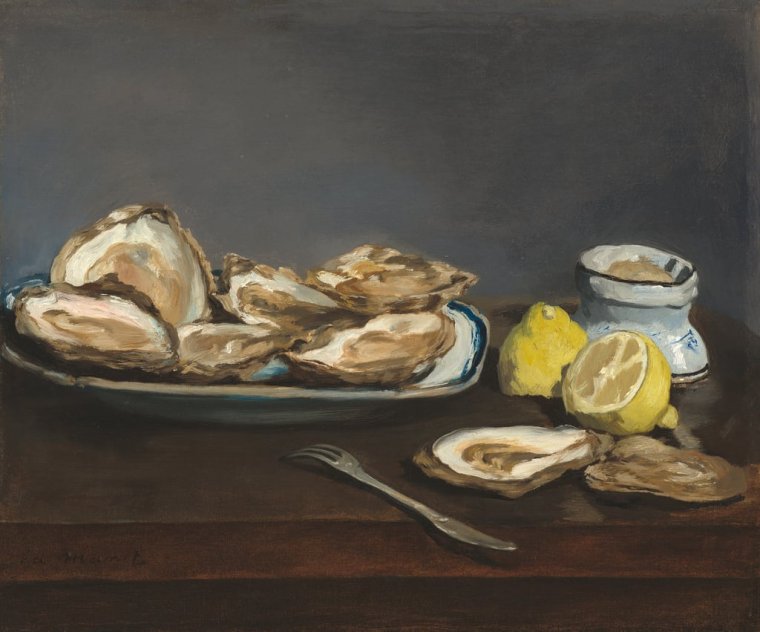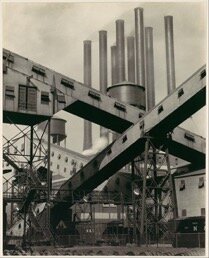
This painting was created by French painter Edouard Manet in 1862, which was also the period when Manet created a large number of classic works as an Impressionist painter, so this painting is also classified as Impressionist style. This painting depicts still life such as oysters and lemons. Oysters are the main objects in the painting, and the meticulous lines express the form and texture of the still life, as well as the artist's observation of the details of life.
In the paintings of the Dutch golden Age in the 17th century, seafood, mainly oysters and lobsters, often appeared on the table, and often appeared with lemons, because lemons were the citrus fruits that appeared earlier in the Mediterranean, and their smell was fragrant and could help seafood remove the smell. At that time, the Netherlands enjoyed the reputation of "sea coachman", because seafood was not easy to catch and trade. As an expensive food, oysters mainly represented the meaning of wealth and luxury in the paintings of this period, reflecting the luxurious living conditions of the wealthy merchants at that time, while showing the prosperity of Dutch society, and also singing the praises of the prosperous maritime trade era of Dutch commerce at that time.




